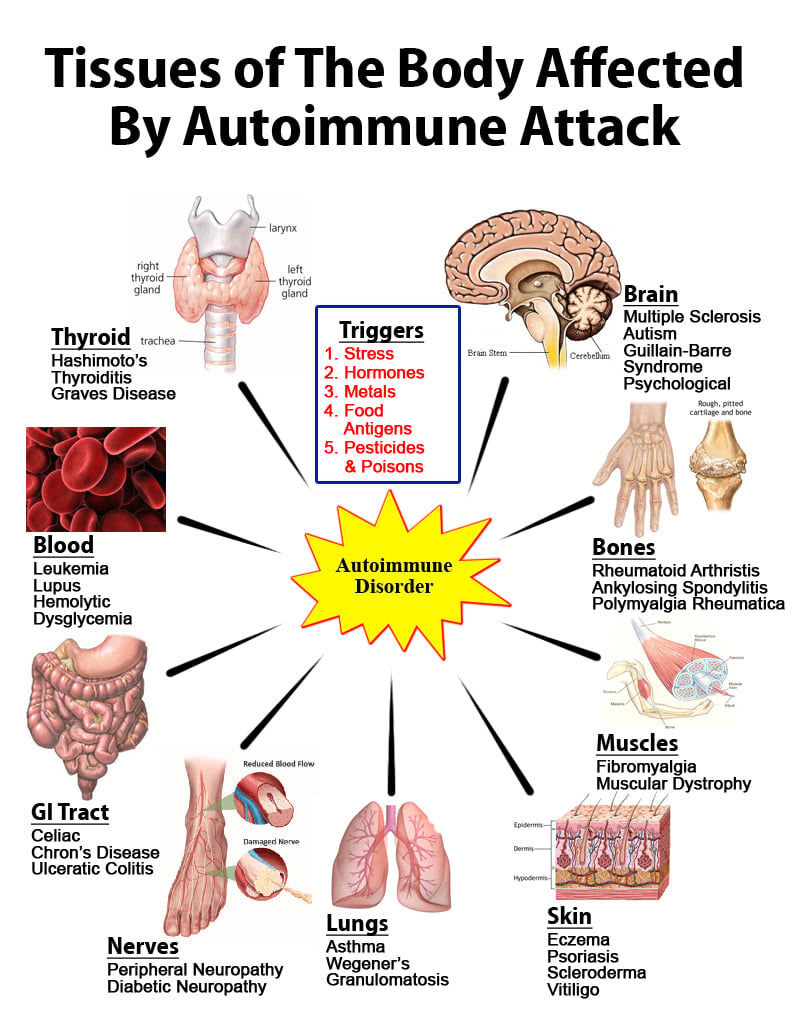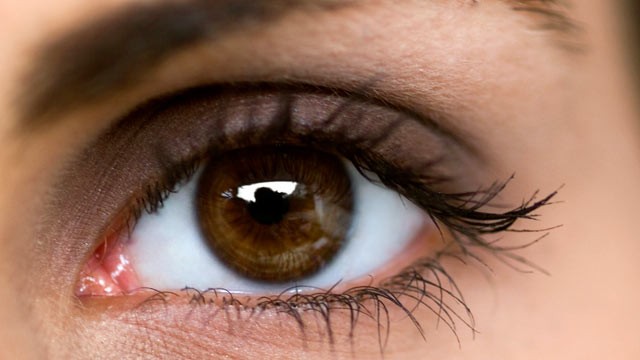Malignant Germ Cell Tumors (GCT) are malignant tumors that are formed by immature cells that begin in the reproductive cells of the testes or ovaries. These germ cells travel into the pelvis as ovarian cells or into the scrotal sac as testicular cells. These cells metastasize to other parts of the body and most commonly spread to the lungs, liver, lymph nodes, and central nervous system. Adult germ cell tumors are usually in the testes or ovaries.
Although many patients do well after treatment, current chemotherapy treatments can have severe long-term side effects, including hearing loss and damage to the kidneys, lungs and bone marrow. For some patients, outcomes remain poor and testicular cancer continues to be a leading cause of death in young men.
Researchers from Cambridge have discovered a molecular "switch" that can turn off a highly virulent cancer of the testis and the ovary.
The scientists found that all malignant germ cell tumors contain large amounts of a protein called LIN28. This results in too little of a family of tiny regulator molecules called let-7. In turn, low levels of let-7 cause too much of numerous cancer-promoting proteins in cells.
Importantly, the cancer-promoting proteins include LIN28 itself, so there is a vicious cycle that acts as an `on` switch to promote malignancy.
The researchers have likened these changes to a `cascade effect`, extending down from the large amounts of LIN28 to affect many properties of the cancer cells.
The researchers also discovered that by reducing amounts of the protein LIN28, or by directly increasing amounts of let-7, it is possible to reverse the vicious cycle.
Both ways reduced levels of the cancer-promoting proteins and inhibited cell growth. Because the level of LIN28 itself goes down, the effects are reinforced and act as an `off` switch to reduce cancerous behaviour.






